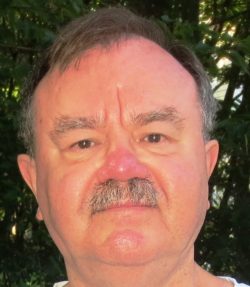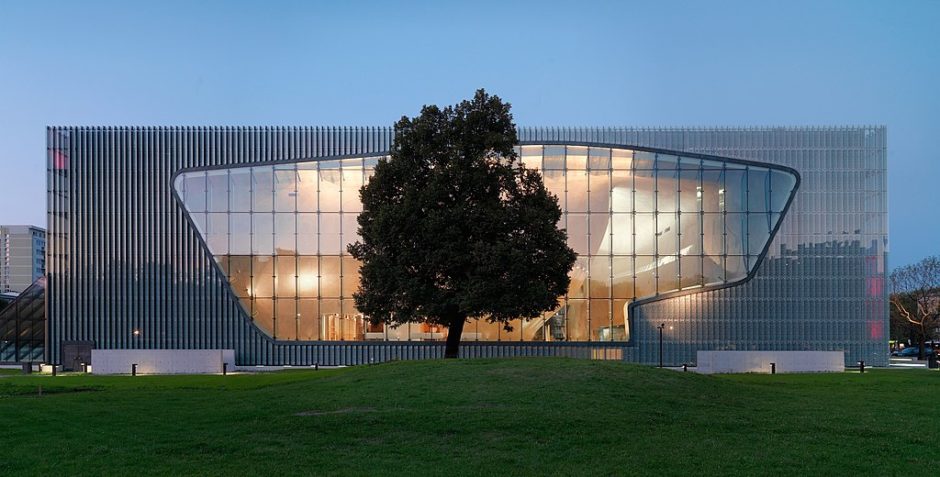Warsaw, Poland’s capital city, is truly a phoenix.
It was almost totally destroyed during World War II while under Nazi German occupation, which was followed by almost five decades of dreary Soviet-imposed Communist rule.
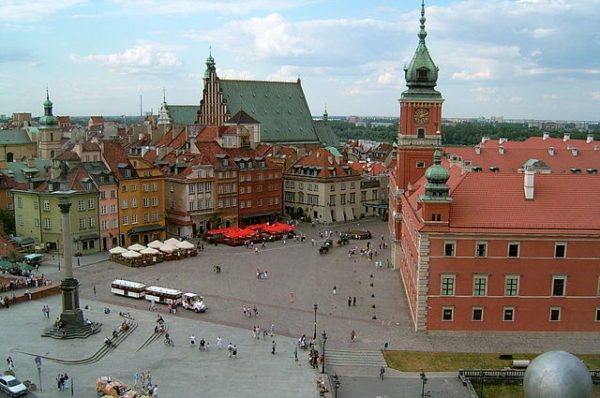
Since the fall of Communism, Warsaw has risen from the ashes to become a vibrant, modern, efficient, clean, and beautiful city.
And I must emphasize that point: Warsaw is indeed beautiful.
But no one can, or should, forget the horrors it endured in the 20th century. For a visitor, these can be experienced at two “must-see” venues, the Polin Museum of the History of Polish Jews and the Warsaw Uprising Museum.
They provide a window into the unimaginable suffering here, one that included the deaths of hundreds of thousands of people. Both venues are fairly recent additions to an already rich mix of museums, memorials and other testaments to Warsaw’s complex and often tragic history.
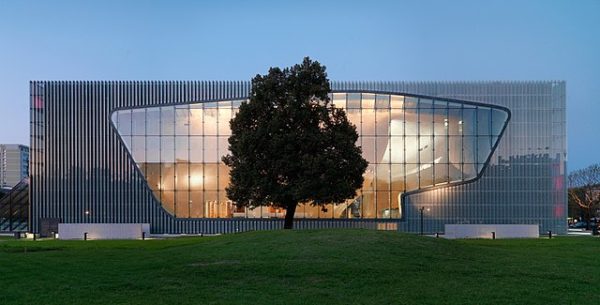
The state-of-the-art Polin Museum, which opened in 2013, chronicles the history and diversity of Jewish culture during that community’s 1,000-year history in Poland, which basically ended during the Holocaust. Situated where the Nazi-imposed Jewish ghetto stood during World War II, this excellent museum comprises eight galleries.
Highlights include a beautiful replica of a wooden synagogue ceiling, books produced by Jewish printers 400 years ago, and a replica of Zamenhofa Street in the heart of the Jewish district of Muranow. This was a typical Jewish street in Warsaw between the two world wars.
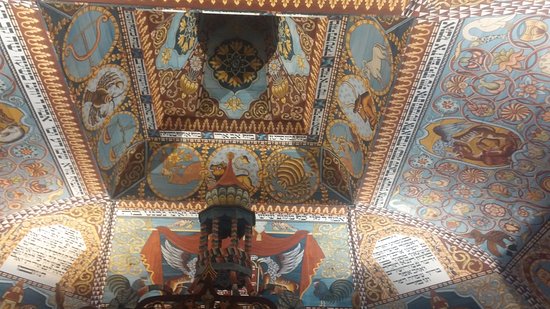
Polin introducers visitors to antique objects, paintings, interactive installations, reconstructions and video presentations. The museum also features temporary exhibitions, concerts, debates, films, lectures and workshops.
On the grounds there is a statue of Jan Karski, the Polish envoy who, in 1942, told the world about the ongoing Nazi effort to exterminate Europe’s Jews.
Nearby one finds the monument to the heroes of the Warsaw Ghetto uprising of 1943, unveiled in 1948.
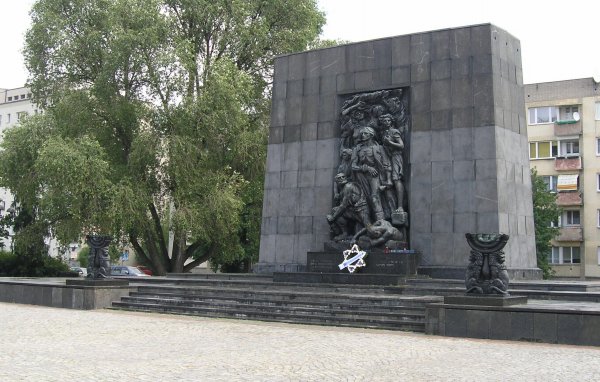
Of Poland’s prewar population of some 3 1/2 million Jews, only some 300,000 survived the war, most of them by having fled into the Soviet Union before 1941.
The Warsaw Uprising Museum, which opened on the 60th anniversary of the revolt, is also quite an experience. It presents the heroism of the Polish Underground State and its Home Army (Armia Krajowa, or AK) in its attempt to liberate Warsaw from the Nazi occupiers.
The uprising began on August 1, 1944 and lasted 63 days. It resulted in the complete destruction of 85 percent of Warsaw and the deaths of at least 170,000 of its inhabitants.
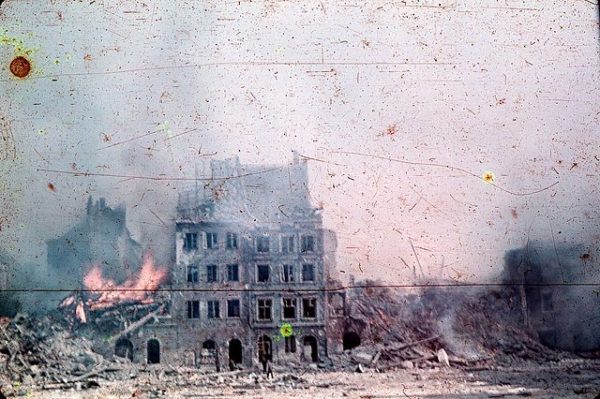
The museum is a tribute to those who died for the freedom of Poland and its capital. Packed with interactive displays, it chronicles the heroics and tragic ending of one of the war’s most seminal events.
Exhibits include a full-size B-24 Liberator airplane, like those which were dropping American supplies to the insurgents, and replicas of the sewers where AK soldiers evaded Nazi gunfire while moving through the city.
Included is a 3-D film, The City of Ruins, which takes you on an aerial journey over devastated Warsaw, showing what the city looked like when finally liberated from the Germans in 1945. It had been almost obliterated.
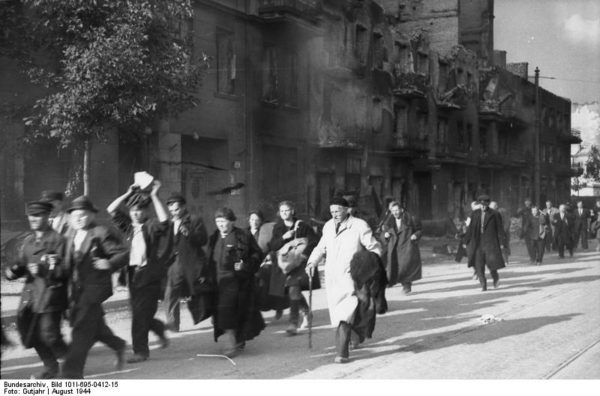
The museum also helps visitors understand the complicated international situation at the time, one which made it difficult for the Western Allies to provide more aid.
It describes, in particular, the duplicitous behavior of Soviet leader Joseph Stalin, whose Red Army stood across the Vistula River from Warsaw but did not help those trying to liberate the city from the Nazis.
Anyone interested in what happened in Poland during the war should, at the least, visit these two first-class museums.
Henry Srebrnik is currently visiting Poland. This is his first in a series of articles about his birthplace. He’s a professor of political science at the University of Prince Edward Island.
